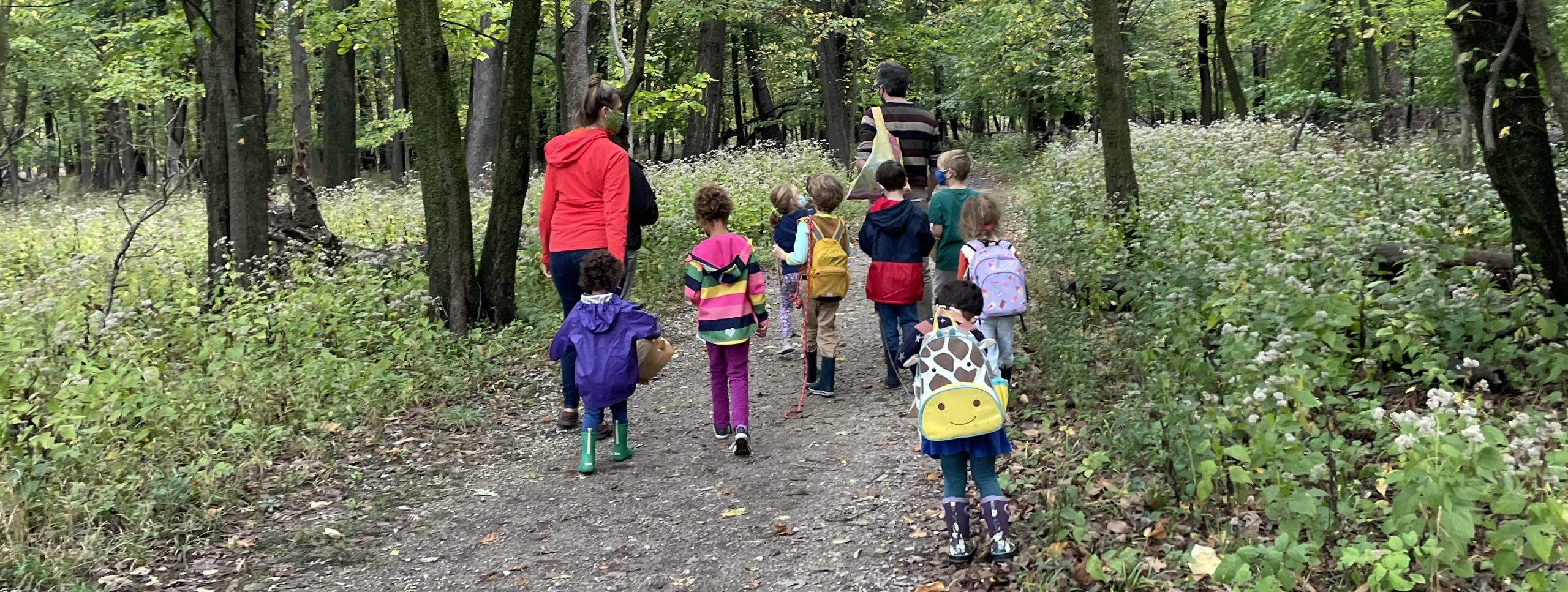Name
Noah
Age
11
Experiment Title
Viscosity Experiment
What was the experiment about?
Viscosity and Temperature
What was your hypothesis?
Introduction
Viscosity is a liquid’s resistance to flowing. How does heat affect viscosity? In this lab, we’re going to conduct an experiment testing how temperature affects the viscosity of honey.
Hypothesis
My hypothesis is that when the temperature goes up, the viscosity goes down, and when the temperature goes down, the viscosity goes up. Basically, they have an inverse relationship.
What materials did you use?
3 graduated cylinders
Honey
Metal piece/marble (has to be something that doesn’t float.)
Freezer
Oven
Oven-resistant cup
Stopwatch
Measuring tape
Which safety precautions were necessary?
An adult had to help with the stove/ heating.
What steps did you take to conduct your experiment?
Method
1. Room Temperature (72.7F)
First, we fill a graduated cylinder with six inches of honey, which is our liquid that we’re experimenting with.
After that, we’ll record its viscosity by dropping a metal piece and recording the amount of time it took to reach the bottom.
It took 5m, 36.51s (336.51 s) to fall to the bottom! Honey sure has high viscosity!
2. Cooled down (28.2-69.4F)
(While the metal piece sank, the honey slowly warmed up.)
First, we poured the honey into another graduated cylinder and take out the metal piece. Then, we cool the honey down by putting it into the freezer.
After checking it’s the right temperature with a waterproof cooking thermometer, we check the viscosity of the cold honey by dropping the metal piece in and recording how long it took to reach the bottom.
Holy moly! I had to wait 37 minutes, 26.8s (2246.8s) for the metal piece to reach the bottom! That’s nearly half an hour! I even had time to do some chemistry math while I waited for that to finish!
3. Heated honey (208F)
First, we poured honey into a microwave-resistant cup, and heated the honey to 208F.
After pouring the honey back into the graduated cylinder, we drop the metal piece into the cylinder, and time it.
O.M.G., what took minutes with cold and room temperature honey took 1.43s! What a big difference!
What was the conclusion of the experiment?
Results
Here is a table of the data we collected in this experiment.
Temperature in Farenheight Time in secs
Cold 28.20 2246.80
Room Temp 72.70 336.51
Hot 208.00 1.43
Conclusion
In conclusion, our hypothesis was correct, and temperature and viscosity have an inverse relationship. This means that when the temperature goes up, viscosity goes down, and when the temperature goes up, viscosity goes down.
How much did you enjoy doing the experiment?
Selected Value: 9 (0 min / 10 max)
Explain the science of what happened.
Our body senses molecules jumping around a lot as heat. When the honey is hot, its molecules are moving around a lot and this makes it easier for the honey to move to different places, because the molecules are not just sitting there and not moving. Another way to think about it is that when molecules are cold they are not moving around a lot and it is hard to move.
How much did you learn?
Selected Value: 9 (0 min / 10 max)

